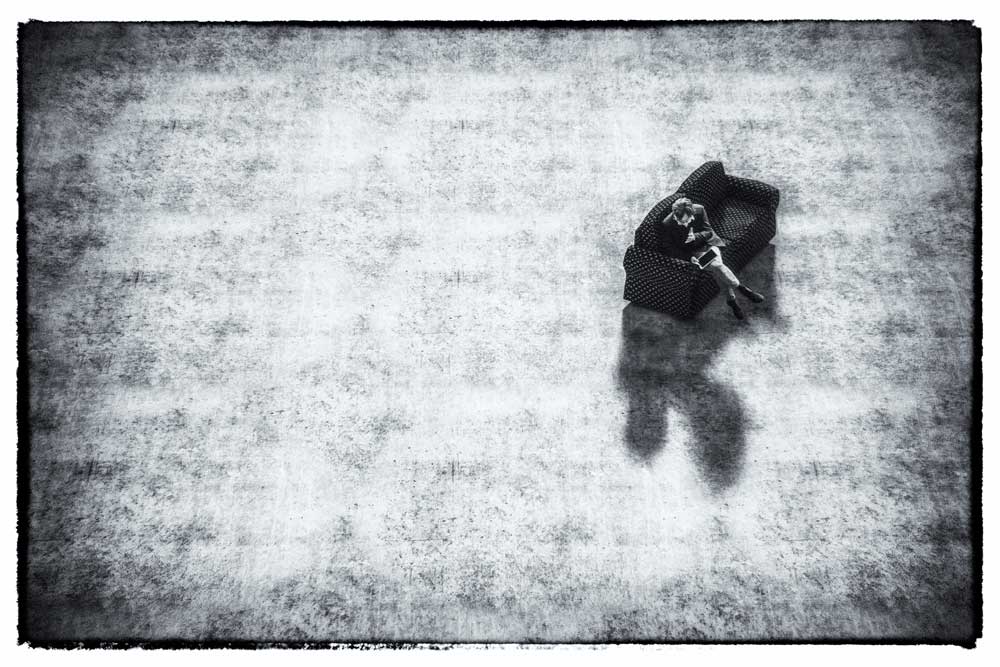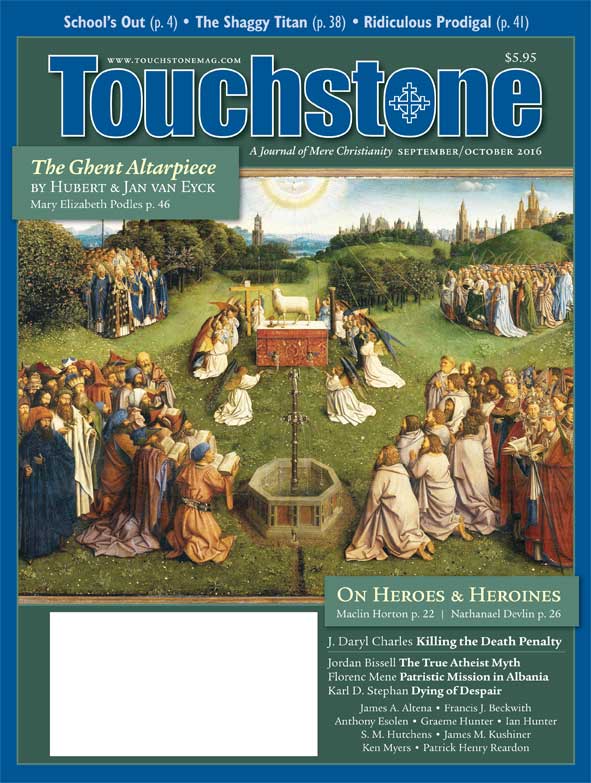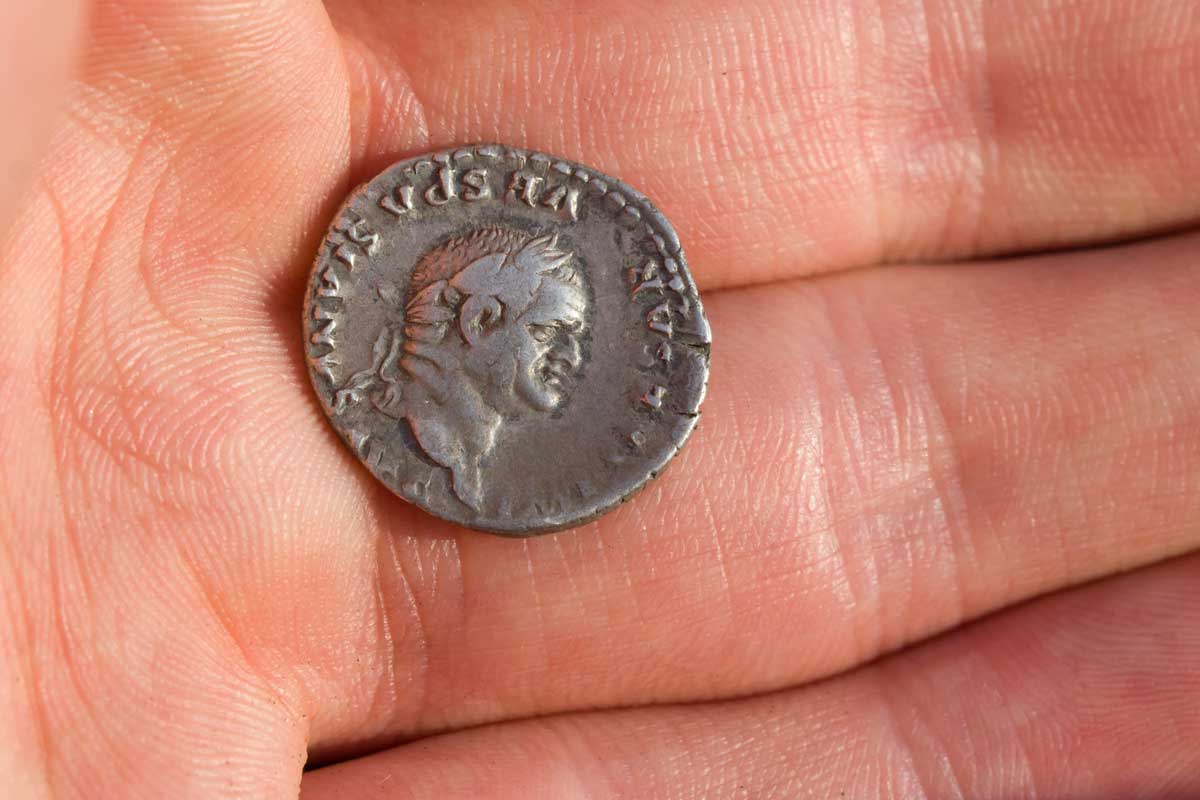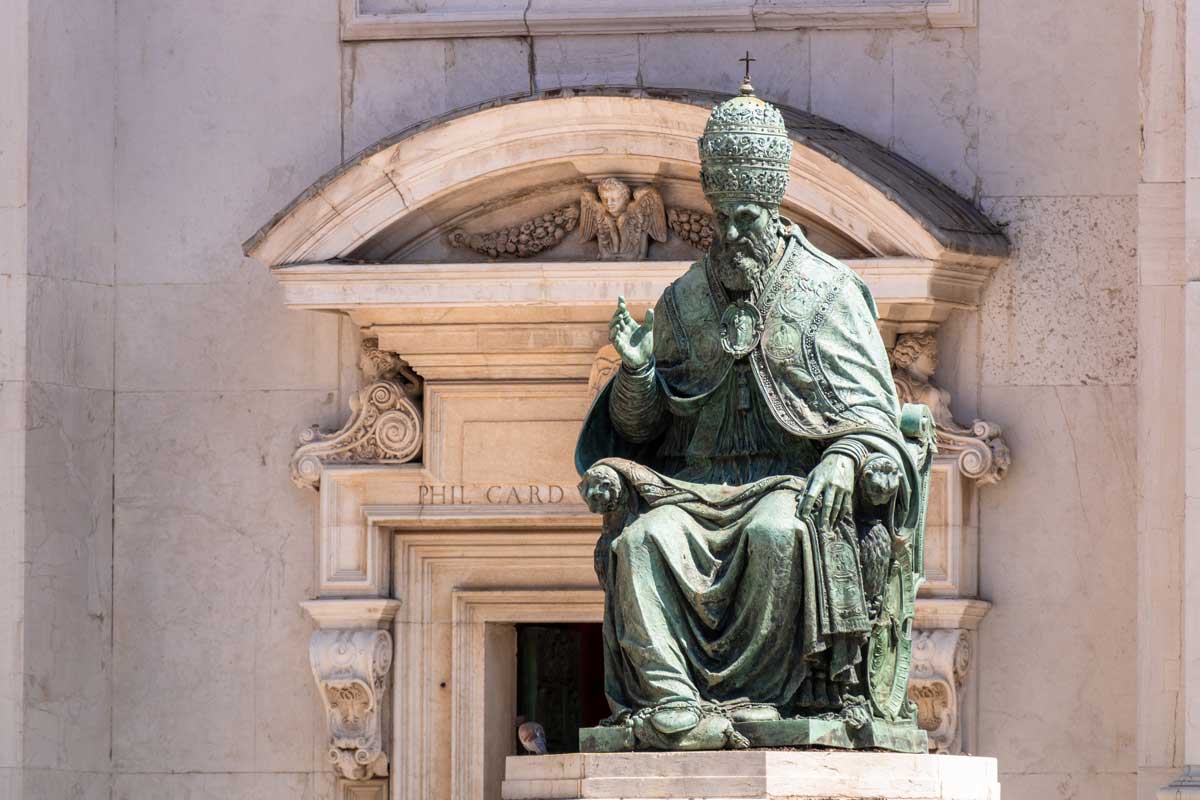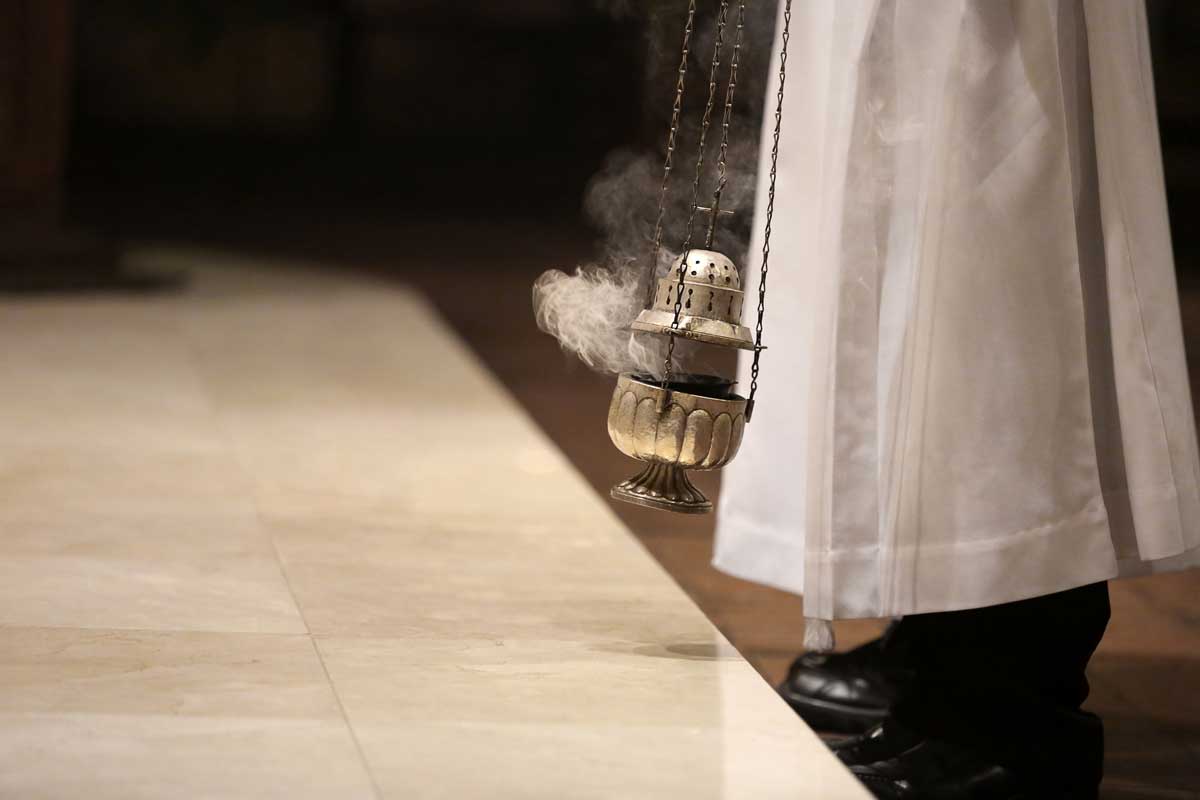View
Dying of Despair
on the Loss of True Community & Rising Political Desperation
As I write this in February, Donald Trump is exulting in his wins in the South Carolina and Nevada Republican primaries and his current status as GOP front-runner. While I do not personally support Trump, if I were a white non-Hispanic between the ages of 45 and 54 with a high-school education or less, I'd probably be thrilled. Several exit polls and surveys have pointed out that this demographic group forms the core of Trump supporters. There is another remarkable thing about this same group: from 1999 to 2014, the number of deaths per year rose among them by nearly 50 percent, from 281 per 100,000 in 1999 to 415 per 100,000 in 2014. The mortality rate for this section of the U.S. population is approaching the tragically high rate for middle-aged blacks that has held steady at about 580 per 100,000 for some time.
These mortality statistics have been available for years, but they only garnered widespread media attention when Princeton economist Angus Deaton and his wife Anne Case published a paper containing this news in the Proceedings of the National Academy of Sciences (available at pnas.org/content/112/49/15078.full.pdf) last December. Perhaps because of Deaton's prominence—he won the 2015 Nobel Prize in economics—mainstream news outlets like the New York Times, as well as various academics, published their own pieces on why members of this particular group are dying at such significantly higher rates than they did a mere decade and a half ago. In their paper, Deaton and Case cite suicides and deaths stemming from drug overdoses and alcoholism as accounting for much of the increase.
Sometimes it helps to look at a contrasting situation to understand the reasons why something has gone wrong. If things are going so badly for less-educated, middle-aged white men and women in the U.S. today, when and where have things gone especially right for such people? It turns out that there's a good answer to this question: in Roseto, Pennsylvania, between 1954 and 1961.
The Roseto Effect
In 1961, Dr. Stewart Wolf, then head of the Department of Medicine at the University of Oklahoma, met a doctor from Roseto. The small-town physician had a puzzle for Dr. Wolf. For the previous seven years—from 1954 to 1961—the rate of heart attacks in Roseto among middle-aged people was vanishingly small. And this was despite the fact that the mostly Italian residents of the town did not practice what were regarded as healthy eating habits even in the 1950s, neither were they particularly well off, nor were there any other objective material factors the doctor could cite that might account for their unusually good health.
Dr. Wolf was intrigued and set about to investigate the puzzle. In 1964 he published his findings in the Journal of the American Medical Association. In that study, he confirmed what the small-town physician had told him: that the people of Roseto did not differ significantly from members of the surrounding communities in terms of diet, exercise, occupations, or genetics—the usual factors that affect rates of heart disease.
But Dr. Wolf also found something quite striking: the residents of Roseto formed a phenomenally close-knit community. Most were immigrants from Italy, and their town was surrounded by other ethnic communities, mainly Welsh and German, that regarded the Italians with disdain. Accordingly, the immigrants decided to re-create a little Italy of their own. The Roman Catholic church became a sort of civic center for them, with most of the children of the community attending its parochial school. All sorts of charitable and social clubs were formed—volunteer bands, good-works societies—and a sort of economic leveling prevailed. No one had a much bigger house than anyone else, and Dr. Wolf found a high degree of uniformity among the populace expressed in many other ways. For example, everyone tended to have the same kind of food on the same day of the week—spaghetti on Tuesdays and lasagna on Wednesdays. The family and social structures were very traditional, and every resident of Roseto knew his place within them. There was enough work at the local slate quarry and at the clothing and apparel factories to allow everyone who wanted a job to have one—and nearly everyone did.
Dr. Wolf concluded that the key to Roseto's low heart-attack rate was the social matrix that integrated each person—fathers, mothers, children, grandparents (many households had three generations in residence)—into a round of work, play, and rest that most people today would find insufferably rigid. But it was predictable. Hardly anyone in Roseto got up in the morning wondering what he would do with the rest of his life and whether or not he would succeed. Success came in small ways every day—in a job well done, in a meal well cooked, in a school day finished.
Normally, the rate of heart attacks begins to rise as people enter middle age, and one would have expected heart disease to be endemic among the middle-aged Italians of Roseto in the 1950s, most of whom had no more than a high-school education. But it wasn't, and Dr. Wolf's paper led to the phenomenon he discovered being called the "Roseto effect": the health benefits that can accrue from such non-material causes as strong social ties and a confidence about one's place in the world. These can have a greater positive influence on physical health than the usual material factors considered by doctors.
A Troubled Life
bulk subscriptions
Order Touchstone subscriptions in bulk and save $10 per sub! Each subscription includes 6 issues of Touchstone plus full online access to touchstonemag.com—including archives, videos, and pdf downloads of recent issues for only $29.95 each! Great for churches or study groups.
Transactions will be processed on a secure server.
more on politics from the online archives
more from the online archives

11.5—September/October 1998
Speaking the Truths Only the Imagination May Grasp
An Essay on Myth & 'Real Life' by Stratford Caldecott
calling all readers
Please Donate
"There are magazines worth reading but few worth saving . . . Touchstone is just such a magazine."
—Alice von Hildebrand
"Here we do not concede one square millimeter of territory to falsehood, folly, contemporary sentimentality, or fashion. We speak the truth, and let God be our judge. . . . Touchstone is the one committedly Christian conservative journal."
—Anthony Esolen, Touchstone senior editor





